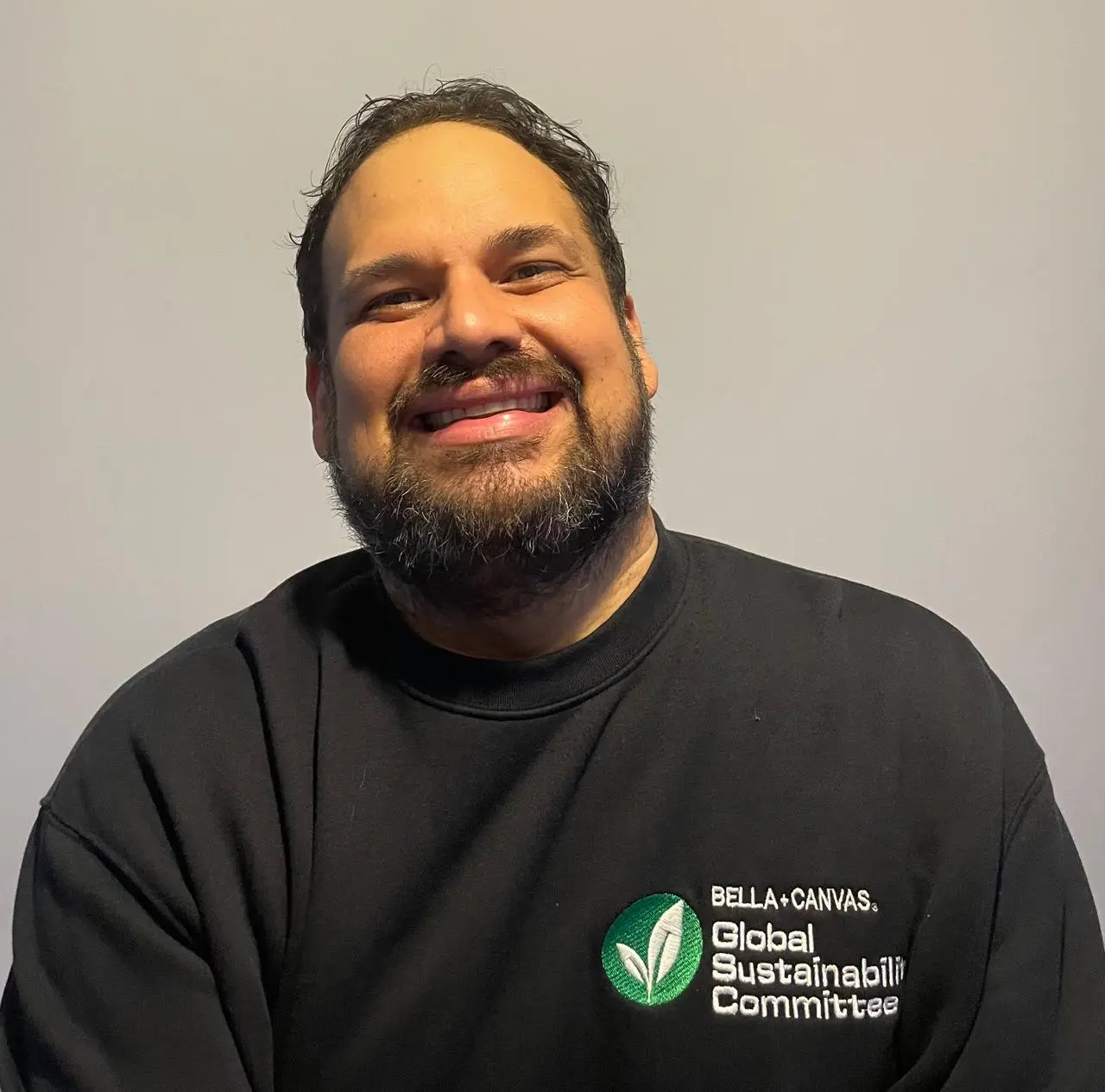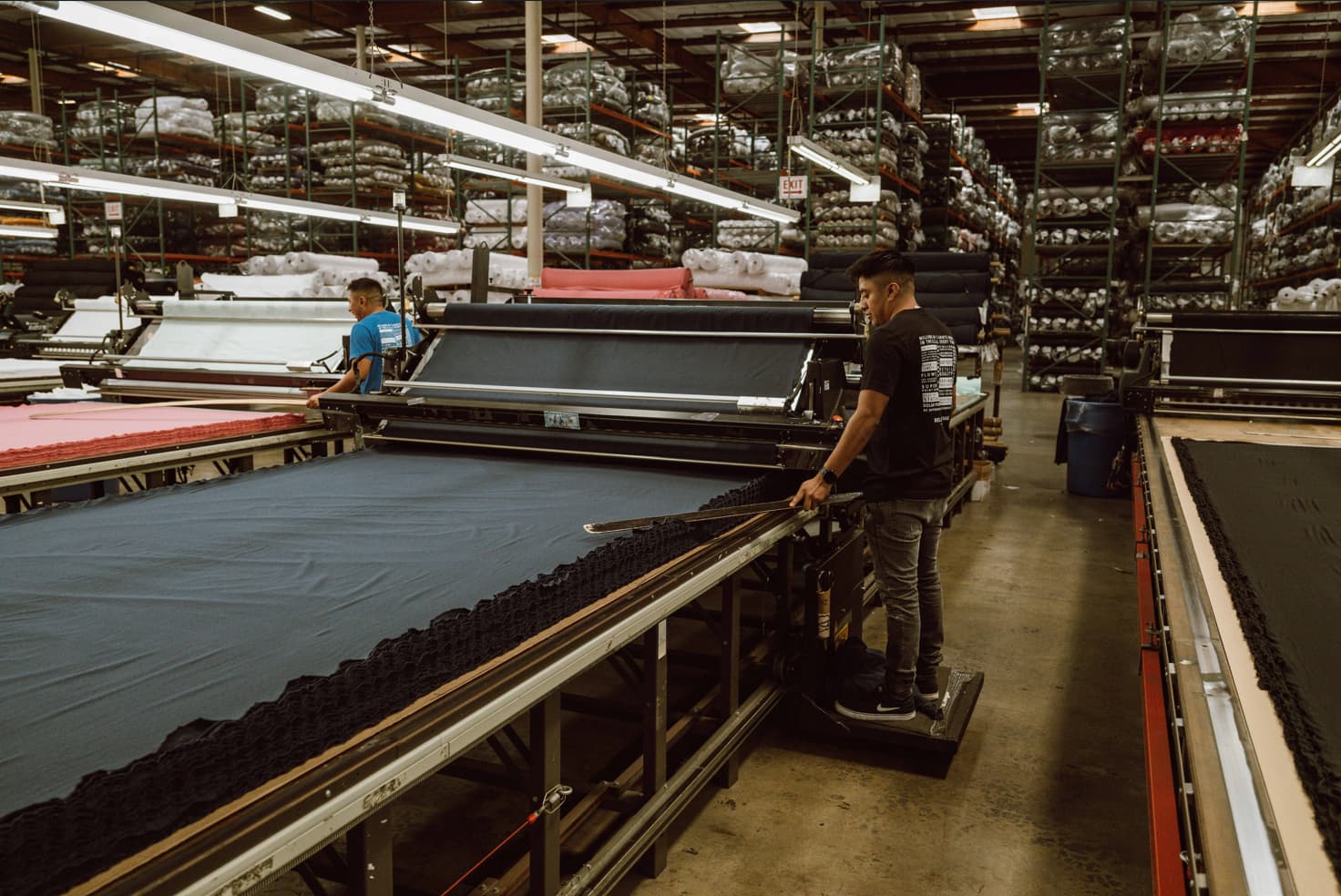Imagine you are a major apparel manufacturer with far reaching sustainability ambition. Your supply chain stretches across continents, with cotton suppliers in one, sewing sites in another. How do you accurately calculate the environmental footprint of your products? This was the precise challenge BELLA+CANVAS, one of the largest wholesale apparel manufacturers in the USA, sought to address when they embarked on a Life Cycle Assessment (LCA) for ten of their top products.

Driven by a strong commitment to environmental stewardship from their global sustainability committee and company owners, BELLA+CANVAS aspires to become a sustainability leader in the apparel industry. Recognising the significant impact the sector can have, they understood the necessity of quantifying the environmental footprint of their products.
To do so, they undertook a comprehensive cradle-to-grave Life Cycle Assessment (LCA) comparing 10 of their best-selling styles against conventional alternatives made from the same fabric. The goal was twofold: to measure the total environmental impact of each t-shirt and to benchmark their performance against industry norms. The study was ambitious in both scope and complexity and was overseen by a third-party panel review to ensure the results were accurate and credible.
We spoke with Jenny Huynh, Global Sustainability Manager, and Humberto Solis, Regional Environmental Manager at BELLA+CANVAS, to talk about the story behind this project, the hurdles and the result.
A cradle-to-grave analysis across a global supply chain with so many products sounds complex. What were the biggest challenges you faced, especially with data collection?
Humberto: “It was complex and the data collection was the most challenging part for us. We usually had the data in different formats or ERP systems, so trying to gather it was a real challenge. However, we worked directly with the site and warehouse managers, who were very supportive and involved in the project.”
That's a real hands-on approach. What were the key findings from the LCA and were there any surprises?
Jenny: "We were very pleased with the results. Across all 10 product styles, our products had a lower carbon footprint, used less water, consumed fewer fossil fuel resources, and produced less textile waste than conventional t-shirts. The reduction in waste was a high point for us; for a majority of products included in this study, we produce over 50% less textile waste during production. Of all the products, our EcoMax Tee, made from recycled materials, was the best performer, using 85% less water than a conventional t-shirt."
Those are significant results, especially on waste and water. What specific practices in your supply chain do you think contributed to this lower impact?
Humberto: "We have several projects that contribute. For instance, all our facilities in Central America were built with LED illumination. The energy grids in California and Nicaragua have a large percentage of renewable energy, which also helps. Our core production process is almost water-free; we only use water for sanitation. The only stage that uses water is at our contracted dyeing and finishing facilities. This is why our water consumption category is so low."

It’s clear these results are built on long-term investments. So, what’s next? How will BELLA+CANVAS use these insights?
Jenny: “I think it is a milestone for us that we now have a verified technical assessment, and that we can share our results publicly and with confidence.
Our next step is to share these results publicly and champion the practices that helped us achieve them. In terms of improvement, our global sustainability committee's product pillar will review these results and think through product design for the future.
We want to use these findings to evaluate designing even more sustainable products, whether that means adjusting fabric composition or the weight of the t-shirt, and really taking these indicators into mind as we design future products.”
Do you have anything you want to add about this project?
Jenny: “I would just add that the Hedgehog team was a really great partner for us in this project. This was not an easy task and we felt really confident with the team that we worked with and the Hedgehog team really delivered.”






